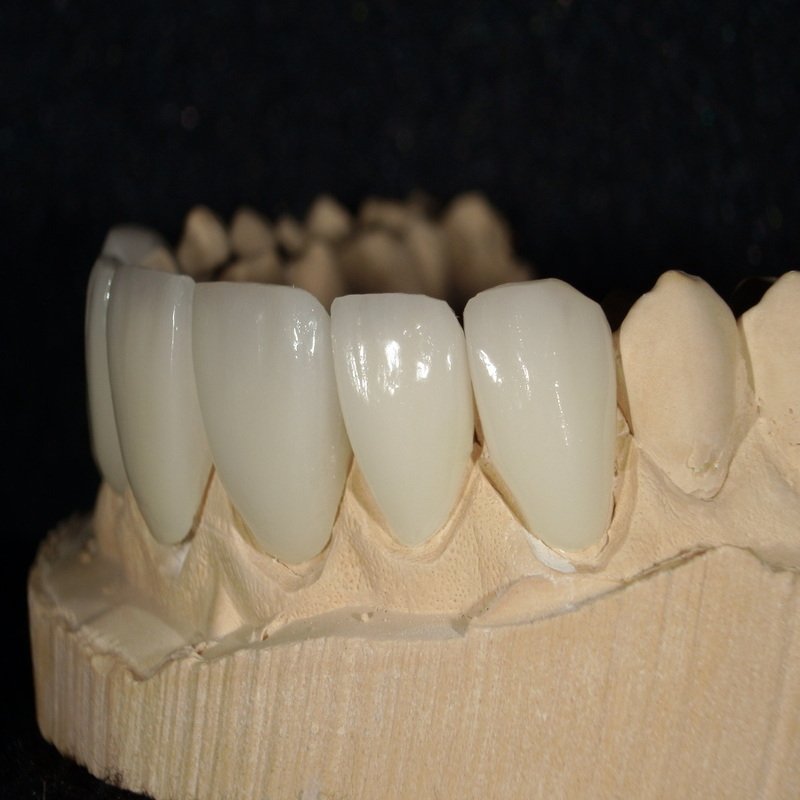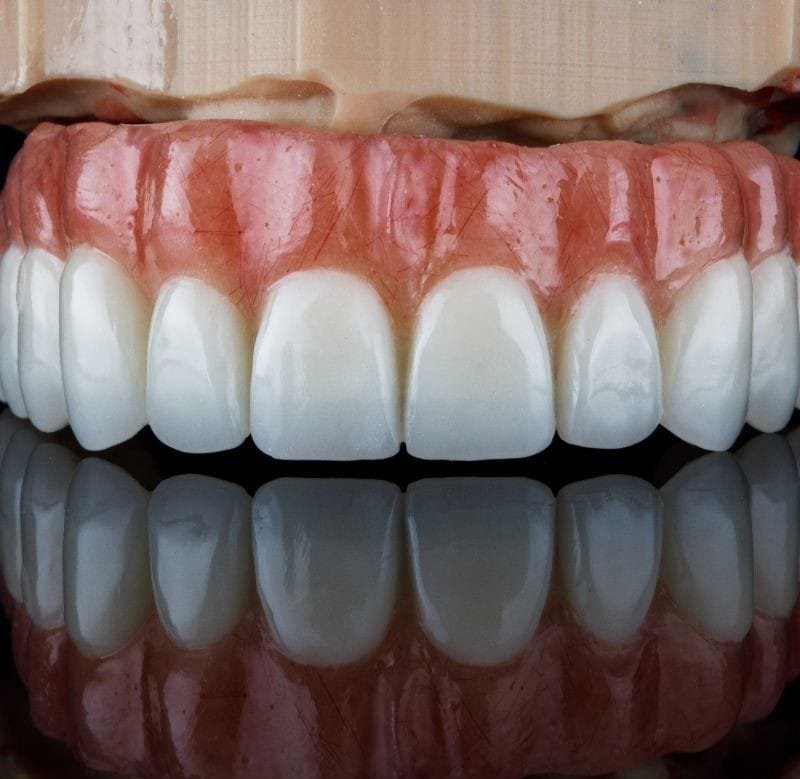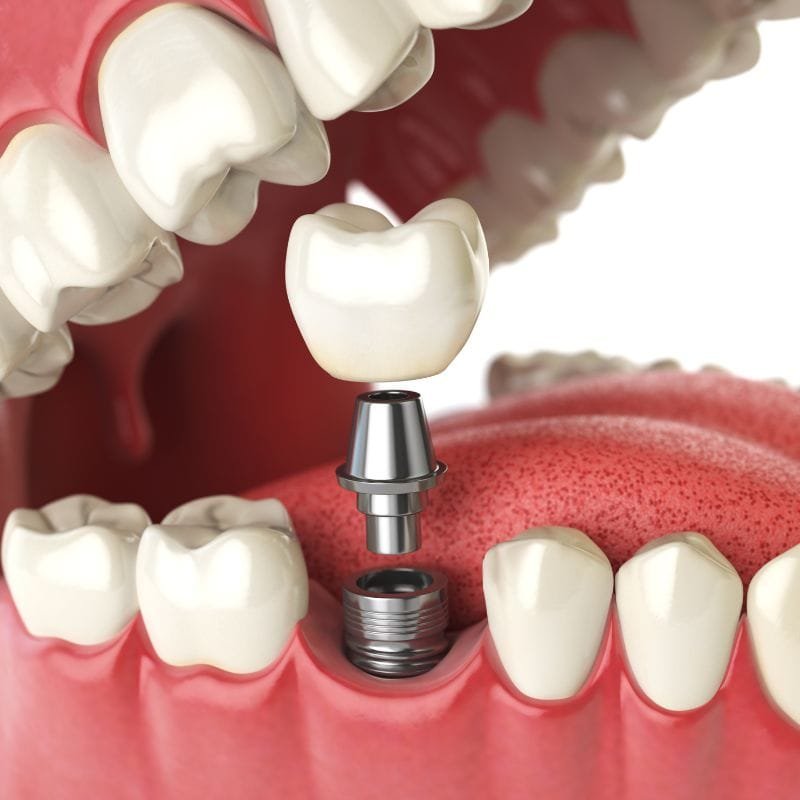Cavity vs Stain - How To Tell If You Have
What are the similarities between a tooth stain and a cavity? That both take away the beauty of your smile!
Most of us have been there, the revealing day when you look perfectly at your smile and notice a few things that don’t look too great. Usually, you’ll see some spots on your teeth and then try to remove them, but they don’t go away no matter how many times and how hard you brush your teeth.
So, what exactly are you dealing with? And how possible is it to get rid of it to restore your smile? Let’s look at the differences between a cavity and a stain, which are the most common conditions that affect your smile. In this article, you’ll learn what actions to prevent and treat them effectively.
What Is a Cavity?
Cavities appear when tooth enamel begins to deteriorate. They are also known as dental decay, which is a little hole in your teeth. At first, a cavity may appear to be a tiny white speck. Over time, however, it may grow into a more significant gray, brown, or black hole.
Plaque is a sticky film that accumulates on top of your teeth and gums, causing cavities. Plaque bacteria devour the sugar in your food and produce acids, which wear away at your teeth’s protective layer over time. If you don’t treat cavities quickly, they might spread to your teeth’ middle and inner sections. Because the nerve endings on the interior of your tooth are on the inside, a cavity can cause sensitivity and discomfort.
Cavities have a vast potential to ruin your teeth. Eventually, you’ll need extensive dental procedures like root canals or might even lose teeth!
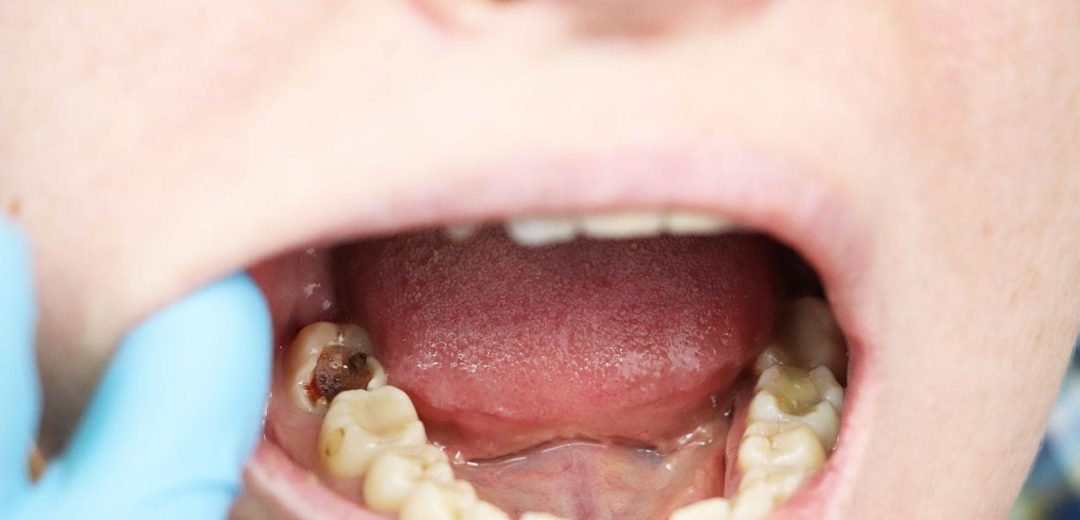
How Can You Get a Cavity?
Tooth decay’s main reason is a diet high in sugar and a lack of daily dental care. Plaque bacteria rely on the sugar in sweet and starchy meals, allowing them to grow. As the bacteria eat the sugar, it produces highly harmful acids, which erode your tooth enamel. Not treating cavities will cause dental decay, which can spread to the middle and inner layers of the tooth.
If it reaches the pulp (the core of your tooth), it can cause terrible pain, and you’ll have trouble eating any food, hot or cold.
Brushing and flossing regularly is one of the most effective techniques to prevent tooth decay. As simple as it is, brushing removes plaque from your teeth and gums, and flossing eliminates plaque between the teeth. Many adults, however, do not brush and floss twice daily, which can lead to plaque buildup, new cavities, or worsening of pre-existing tooth decay.
For some people getting, cavities can develop even faster. Your genes, for example, influence how your teeth grow and how strong your enamel is in resisting bacteria. But it’s okay. Even in this scenario, tooth decay can be avoided by maintaining a consistent dental hygiene practice.

What Can You Do to Treat a Cavity?
Cavities can’t be treated at home, unfortunately. While there is a lot you can do to avoid a cavity from occurring in the first place, there isn’t much you can do once one has formed. The only thing you can do now is make an appointment with your dentist as soon as possible to have it addressed.
Treatment
Your dentist may suggest a variety of therapies depending on the extent of the cavity. The most frequent treatment is a simple filling, in which the decay is removed, and your tooth gets a resin that matches and protects its color.
Your dentist may propose a crown covering the entire tooth for more significant cavities. They can also recommend a root canal if the cavity has progressed from the surface to the interior layers of the tooth.
Prevention
Naturally, more cavities may develop in the future. As a result, the following suggestions may be helpful:
- Maintain a regular schedule: Brush and floss at least twice daily to keep plaque from building up on your teeth and gums.
- Visit your dentist regularly: To remove hard-to-reach plaque and tartar accumulation, schedule dental cleanings at least once every six months.
- Use fluoride if possible: To strengthen the enamel on your teeth, use fluoride toothpaste or mouthwash.
- Sugar consumption should be limited: Limit your sugary meals and beverage intake to discourage plaque bacteria from feeding on it.
- Inquire about sealants with your dentist. A sealant is a protective coating placed on teeth. It can potentially preserve teeth’ enamel against food and plaque.
What Is a Stain?
Unlike cavities, stains aren’t always an indication of dental decay and, often, aren’t cause for alarm. Dental stains are simply the staining of your teeth. You might notice a color shift over your teeth or a little spot on one side.
Dental stains fall into two categories: intrinsic and extrinsic. Extrinsic stains are discolorations in the enamel, the tooth’s outermost covering.
On the other hand, intrinsic stains affect the dentin, the central layer of the tooth. The latter is more long-term and less likely to respond to over-the-counter treatments.
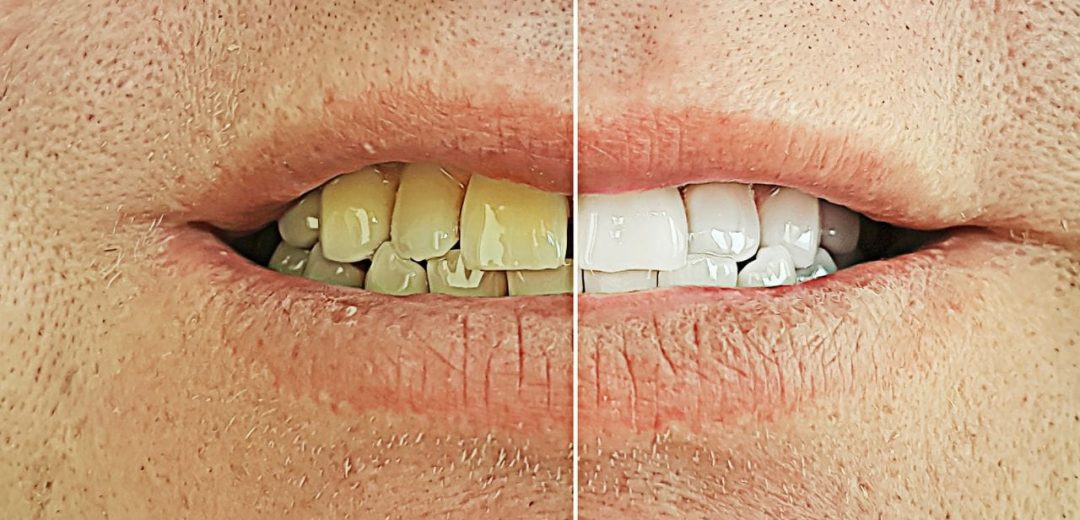
How Can You Get a Stain?
Extrinsic staining occurs when you come into contact with a staining agent. This includes everyday meals and beverages, including coffee (I know what a bummer), tea, red wine, and some berries. Also, it can be due to the tobacco, tar, and nicotine found in most cigarettes. Surprise, surprise, smoking can discolor your teeth!
Intrinsic discoloration develops in the dentin, the middle layer of your tooth. This discoloration is more permanent and less influenced by your lifestyle choices. Demineralization, a process in which your teeth lose essential minerals, or dental fluorosis due to excessive fluoride consumption, can cause this discoloration.
Teeth discoloration is also connected to tetracycline medications during pregnancy.
Finally, age may also play a role in tooth discoloration. As enamel wears away, the middle layer of teeth, the dentin, becomes more exposed. Because dentin is inherently yellow, it may cause teeth to appear less white over time.
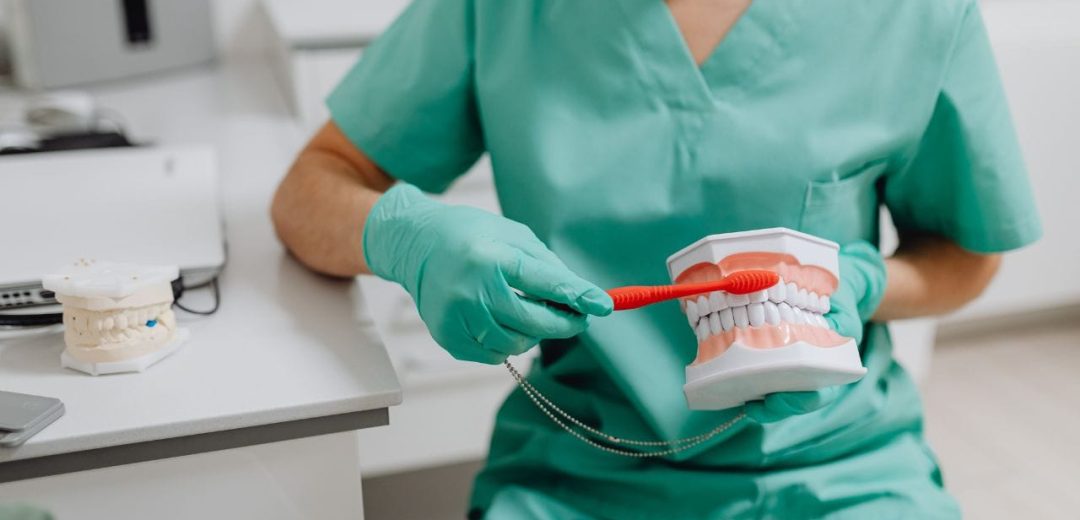
What Can You Do to Treat a Stain?
If your teeth have stains from bad habits (such as smoking), they are surface-level stains that you can easily remove at home.
If you have mild discoloration, at-home whitening solutions such as toothpaste, gel, or strips can help. If they don’t work, you can have professional whitening done by your dentist.
Treatment
However, whitening treatments won’t penetrate deep enough to make a difference if the staining is in the central layer of your teeth. You’ll have to discuss other choices with your dentist.
Dental bonding, which includes applying resin to the tops of your teeth, is one alternative your dentist may suggest. This resin will be a lighter shade than your teeth, giving them a fresh look. Veneers are a similar alternative, which involves placing a ceramic “shell” on top of your teeth for a rapid enhancement in color and shape.
Prevention
Because stains can always get worse, it’s crucial to avoid them. Here are a few things you can do to prevent dental stains from getting worse:
- Fluoride: Using fluoride-containing dental products will help to strengthen your teeth’ enamel, protecting them from discoloration.
- Using a straw to drink: Using a straw to drink wine, coffee, or tea reduces the time these staining fluids come into contact with your teeth.
- Rinse immediately: If drinking with a straw isn’t your thing, consider rinsing your mouth after eating staining liquids.
- Stop smoking: One of the most effective methods to stain your teeth is to use tobacco products in any way. Quitting smoking will improve the appearance of your teeth almost immediately.
Cavity vs Stain: What Are the Key Differences?
It’s easy to confuse cavities and stains since they both change the color of teeth. However, there are a few techniques for telling the difference between the two.
First and foremost, think about how widespread the “stain” seems to be. It’s most likely a stain if an entire tooth (or neighboring teeth) seems stained. On the other hand, a cavity is quite likely if you discover a small, dark patch on your tooth.
While certain stains (such as tobacco) are darker, most dental stains are significantly lighter.
Increased sensitivity to hot and cold foods and beverages, tooth pain that can spread up your jaw, and a noticeable hole in your tooth are all symptoms of this condition.
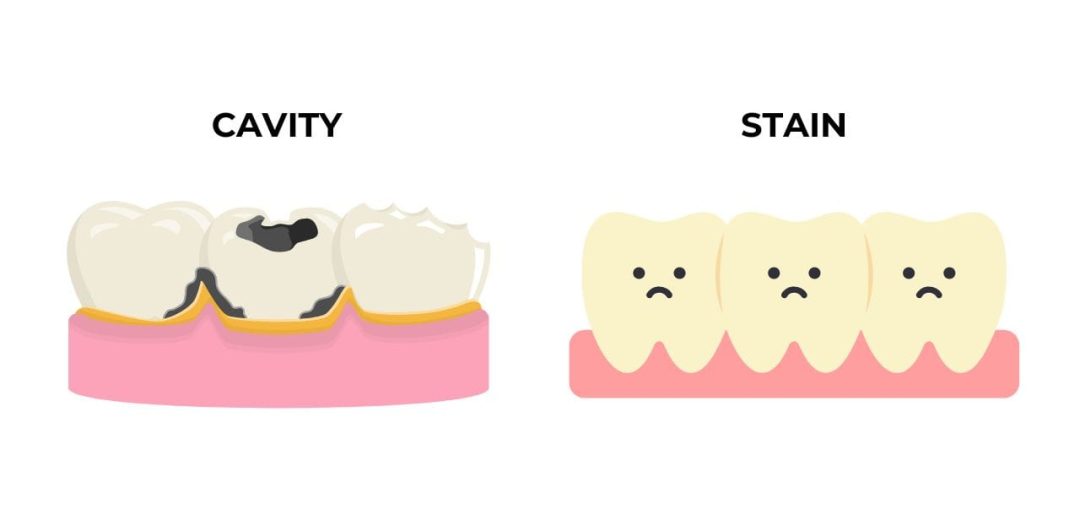
Remember, always go to a professional for any dental consult treatment. In Trust Dental Care, we offer the best results thanks to our latest equipment technology; contact us or make an appointment for a brighter smile at affordable prices.
Conclusion: Understanding the Difference Between Cavities and Stains
Have you ever struggled to tell the difference between a cavity and a stain? Let me know your thoughts in the comments!
